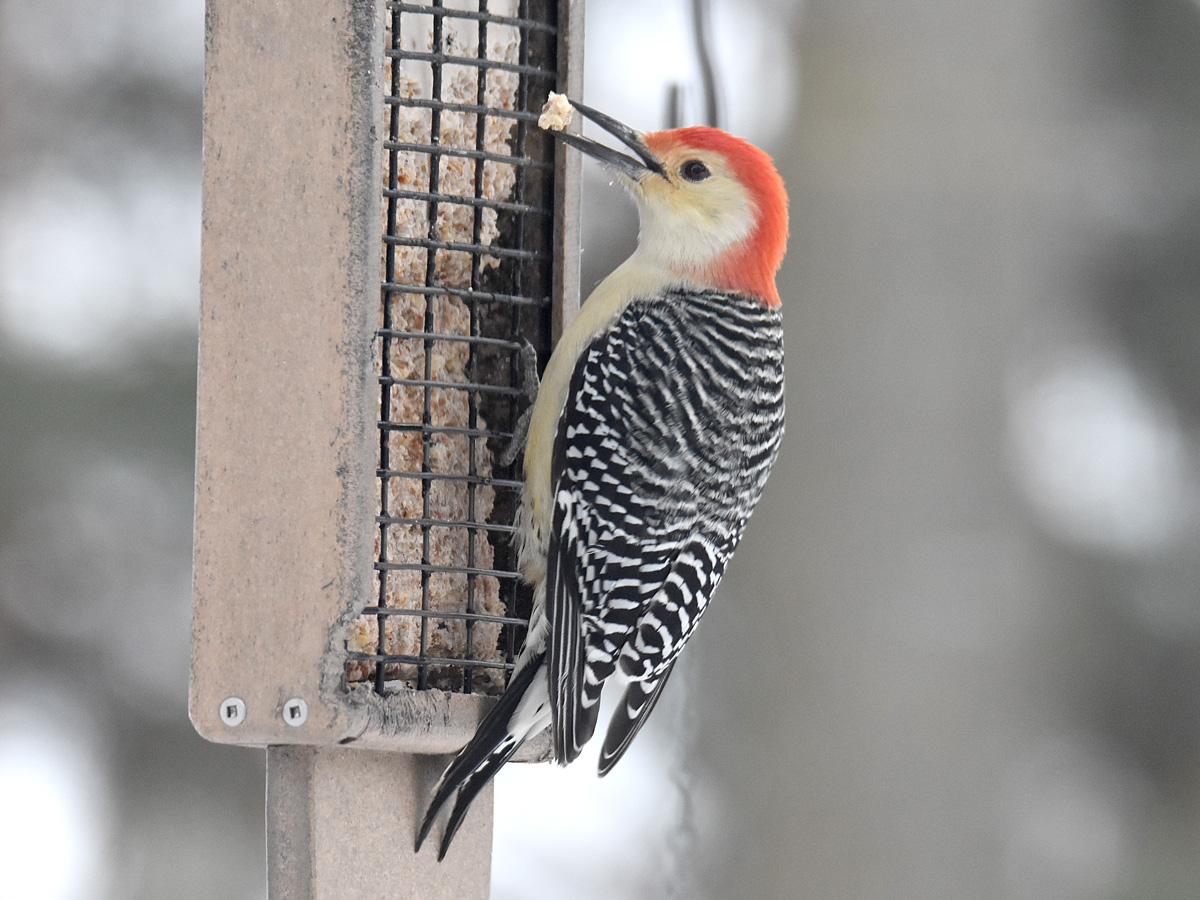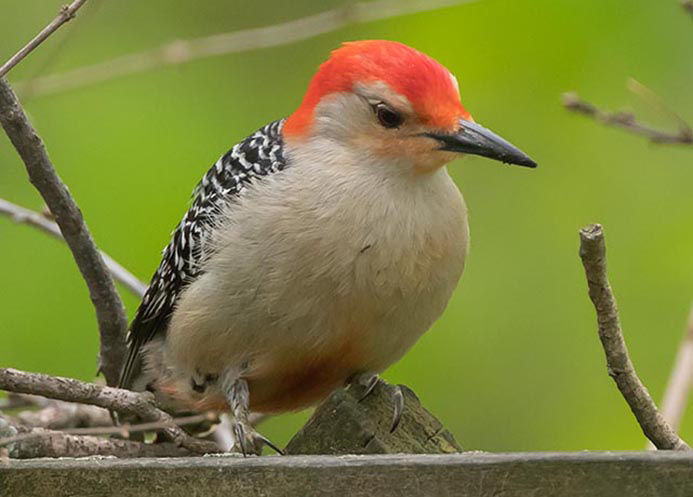Woodpeckers in Florida Populace: Species Overview and Preservation
Woodpeckers in Florida Populace: Species Overview and Preservation
Blog Article
Introducing the Keys of Woodpeckers: Habits, Environment, and Extra
Woodpeckers, with their distinct behaviors and specialized adjustments, have actually lengthy captivated scientists and nature fanatics alike. By uncovering the secrets surrounding woodpeckers' actions and habitat options, a deeper understanding of these avian wonders arises, offering a peek into their remarkable globe.
Woodpecker Behavior Insights
In taking a look at woodpecker behavior, a fascinating display of specialized abilities and adaptations emerges, losing light on their exceptional ecological particular niche. Woodpeckers, understood for their distinctive drumming on trees, have a selection of behavioral qualities that contribute to their survival and success in their setting.
Furthermore, woodpeckers display an one-of-a-kind feeding behavior defined by their capacity to remove insects from tree bark using their specialized beaks. Their lengthy, barbed tongues aid in capturing target, while their solid neck muscles offer stability and precision throughout pecking activities. This feeding method allows woodpeckers to gain access to hidden insect larvae and extract them with remarkable efficiency.
Habitat Preferences and Selection
What variables influence the habitat preferences and choice of woodpeckers? Woodpeckers are very versatile birds recognized to populate numerous settings worldwide. Nonetheless, they do show preferences for sure environment attributes. One vital variable influencing woodpecker habitat selection is the availability of appropriate nesting websites. Woodpeckers generally prefer woodlands with a mix of fully grown trees that provide ample possibilities for cavity excavation. These cavities act as essential nesting and roosting sites for woodpeckers and are necessary for their breeding success.
Furthermore, woodpeckers reveal a choice for environments with a bountiful supply of food resources. They are mainly insectivorous, feeding on beetles, ants, larvae, and various other insects discovered in decaying wood or tree bark. For that reason, woodpeckers tend to prefer woody areas with a varied insect populace to meet their nutritional demands.
Furthermore, the presence of dead or decaying trees is one more vital consider woodpecker environment selection. These trees not just provide food sources yet also provide ideal substratum for cavity excavation. Dead trees are vital for the upkeep of healthy and balanced woodpecker populations, as they play a crucial role in the woodpeckers' life process and ecological community dynamics.
Feeding Habits and Diet Structure
Woodpeckers demonstrate a specialized feeding behavior focused on foraging for insects within various environments. In addition to bugs, woodpeckers additionally consume tree sap, fruits, nuts, and seeds, adding selection to their diet depending on the period and availability of food resources.
The foraging techniques of woodpeckers are well-adapted to their arboreal lifestyle. Woodpeckers play a critical duty in keeping the health and wellness of forests by managing insect populations and assisting in the decomposition of wood.
Drumming Seems and Communication
Utilizing fast drumming audios on numerous surfaces, woodpeckers employ a distinct kind of communication to indicate region boundaries and bring in mates. This drumming actions is not just a way of communication however also functions as a Full Report way for woodpeckers to establish their visibility within a certain location. The intensity, speed, and pattern of the drumming can convey essential info to other woodpeckers around.
Woodpeckers use drumming you could try these out sounds to announce their presence in an area and to caution off prospective burglars. The loud and repetitive nature of the drumming works as a clear signal to various other woodpeckers that the location is currently asserted. This assists in minimizing disputes and minimizing physical conflicts in between people.

Survival Adaptations and Specialized Composition

Final Thought
In final thought, woodpeckers show distinct behaviors, such as drumming audios for communication, and have actually specialized anatomy for survival in their chosen habitats. Their feeding routines and diet regimen composition better demonstrate their adaptability to different atmospheres. By recognizing these facets of woodpeckers, researchers and conservationists can better secure and preserve these remarkable birds and their environments.
Report this page